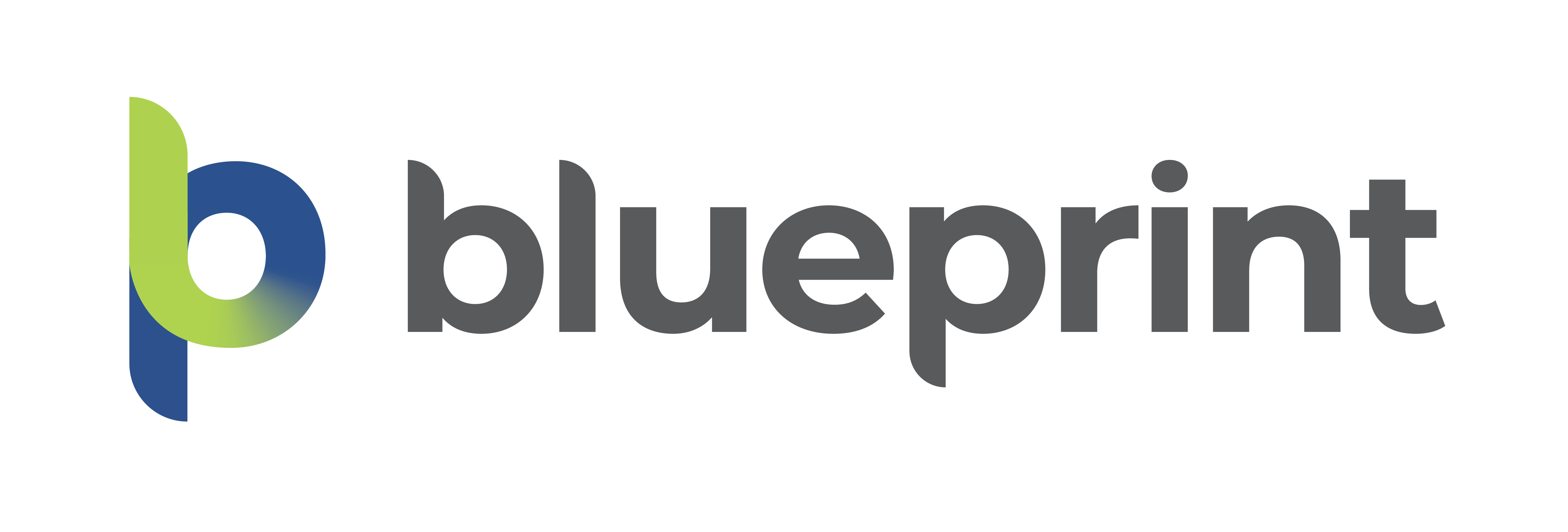Top 10 tips to reduce your printing costs

A managed print solution can help remove the strains of trying to budget rising print costs and printer repairs
When it comes to printing it doesn’t have to be an expensive column on the annual budget. Reduced printing costs is just one way an MPS can help.
Businesses often think they’ve got a bargain with a great deal on the latest printer hardware but then don’t realise they’ve failed to pay attention to the true expense – the running costs.
Companies can find themselves paying upwards of 20p per colour side of A4 as they opt for unsuitable hardware with poor value consumables based purely on the fact the printer had the cheapest initial asking price.
And, if enough attention isn’t paid by office managers and supervisors, employees can add to the bills by needlessly printing draft documents in full colour, choosing an expensive grade of copier paper, printing only on one side and leaving forgotten print-outs in the output trays.
One of the next biggest mistakes is for businesses to hang on to printer hardware for too long. Not only does this lead to escalating maintenance costs once a printer is a few years old but also fails to capitalise on the economies available from the latest modern hardware.
Here are our practical tips for why office managers should be considering working with Blueprint Document Solutions to develop a Managed Print Service solution for their business.
1 Match hardware to print demands
No printer hardware should be bought before the monthly print output has been calculated. All printers have what is known as a “duty cycle” – this is the maximum number of pages they can be reasonably expected to deliver each month.
Pushing a printer beyond its stated maximum is going to result in increased maintenance costs and shortened hardware lifespans.
Printers with bigger duty cycles usually offer bigger, better value consumables. For those with higher print demands, saving £400 on the cost of a printer is going to be cancelled out by the increased print costs of running a machine with a smaller duty cycle and higher per page print costs.
2 Don’t print everything
Some documents will always require printing, whether these are customer resources or reference materials for staff. However, many documents can easily be placed on an intranet or distributed by email. Don’t waste ink and paper on newsletters and memos; make them digital and save some money.
3 Consider pull printing
Many office printers now support pull printing, where the employee has to activate their job at the printer, providing authentication as well as increased security. People only see the prints they have originated and are less likely to walk off with someone else’s print output.
Most of all though, it stops users printing a document and then leaving it sitting in the tray, or printing it, forgetting they’ve done it and then printing it again.
4 Use the most up-to-date hardware
While “if it ain’t broke, don’t replace it” is often the mantra of IT departments, it’s not always the most economical. Upfront investments in new hardware can deliver long-term savings. Colour laser printer costs have dropped significantly in recent years.
Enterprise-grade laser printers can now deliver A4 prints for a little as 6.5p per page against almost double that just five years ago.
5 Energy efficiency
Modern colour laser printers are also more energy efficient. Modern devices wake from sleep modes much quicker, taking less time to warm the toner and so can spend more time in energy-saving mode than their predecessors.
The EnergyStar label, carried by many printer manufacturers on their products, insists that even large printers consume no more than 4.9 watts in sleep mode. This is less than the majority of energy-saving lightbulbs. They also require most models go into sleep mode within 30 minutes of inactivity. IT departments also have the option of reducing this time even further.
There are also further knock on energy effects. A printer which spends most of its time in low-energy sleep mode will also generate less heat, reducing demand on office air conditioning.
There are productivity benefits, too. As technology improves, print speeds increase, meaning employees spend less time dawdling by the printer waiting for their documents to arrive, or with their print jobs stuck in a queue behind those of colleagues.
6 Don’t print everything in high quality
Most internal documents can be printed at draft quality. Make sure you only use high quality output for when it’s absolutely necessary. Not only is it quicker to print, it’s also cheaper. Reserve high quality for documents your customers or clients will see.
7 Use black & white
Internal documents don’t need colour logos and monochrome reports are just as easy to proof as coloured ones. You also don’t need to use colour on headings, charts or graphics. As with the quality settings, make black and white the default option and then save colour for the customer-facing documents.
8 Remove personal printers
It used to be the case that one of the perks of being in management was the use of a personal printer. But with high-speed printers and secure pull-printing, using a workgroup machine isn’t any less secure or efficient.
Personal printers nearly always cost more per page and are a pain for the IT team to manage. Removing them can add significant budget savings.
9 Make sure to use double-sided printing
Most modern printers support two-sided printing as a default setting. Make it the norm, rather than the exception, and while you may not halve your printing costs, you will see a significant drop in your outgoings and paper consumption is guaranteed to fall.
10 Look at different fonts
Not all fonts are the same, some use more ink than others and the larger the point size, the more ink they’re using. When they University of Wisconsin-Green Bay switched from Arial to Century Gothic for all their printing, their costs reduced by 10%.
Set internal styles for office documents with lighter fonts and smaller sizes, a reduction of just 1 or 2 points could also see you using fewer sheets of paper. Discourage the over-use of bold and underlined text in documents and avoid bulky, high-impact fonts in headings. All these small changes will add up to overall budget reductions.
